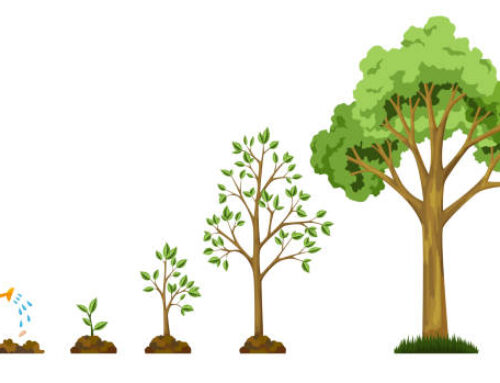Conflicts Need Addressing
Shawnee Love •
August 10, 2017
Many people seem to think that if they leave a personality conflict alone, it will blow over.
“Let sleeping dogs lie” and “If it ain’t broke, don’t fix it” are quotes I often hear to justify that approach.
It may just be a function of what I do, but it is my experience that even sleeping dogs can harbour resentment.
And that is why addressing conflict to erase resentment is a proactive approach to creating a well and high functioning team.
Even the most petty and insignificant tiffs can accumulate if left to their own devices and big issues often get pushed deeper where they fester and grow until the relationship is entirely gone.
own devices and big issues often get pushed deeper where they fester and grow until the relationship is entirely gone.
Not a pretty image is it?
That’s why our 12th series on encouraging mental wellness at work is focusing on resolving conflict and why nipping conflict in the bud is so key.
My experience with conflict is that there tend to be two kinds:
- Conflict due to actual disagreements such as competing needs or goals, or differences of opinions (beliefs, values, etc.)
- Conflict due to misunderstanding fed by underlying issues such as stress, lack of trust, etc.
The first type of conflict is easier to resolve as a manager, because you have decision making authority and thus get to decide what the right approach or value is for your team.
The second type of conflict is more difficult because the underlying issues often feed each other. To really nip it in the bud, you have to resolve the miscommunication while taking other well environment steps as well.
A good approach to address a miscommunication is as follows:
- Understand it. Stephen Covey was right when he told us to first seek to understand before trying to be understood. Talk with each person involved privately to learn what happened from their perspective.
- Evaluate it. Figure out where the issues stem from and you know what needs clarification and have a sense of how to resolve it.
- Resolve it. This step may actually involve multiple steps. E.g., sometimes you may bring the group together to discuss the issue and clarify what was misunderstood. Other times, you may start with meeting one-on-one again to discuss first. Either way, you will want to discuss the options for resolving and agree on the best approach.
- Follow up. The step least likely to be done, but it is oh so critical because this allows you a chance to check in and see if the conflict is truly resolved. It also shows that you care about a healthy well team, and feeling cared about is another great way to enhance the team.
Few want to work in a team with lots of conflict. The better you get at noticing and resolving conflict in your team, the better your team will function and the happier your people will be.
Other ideas for resolving conflict are welcome. Please comment below.





